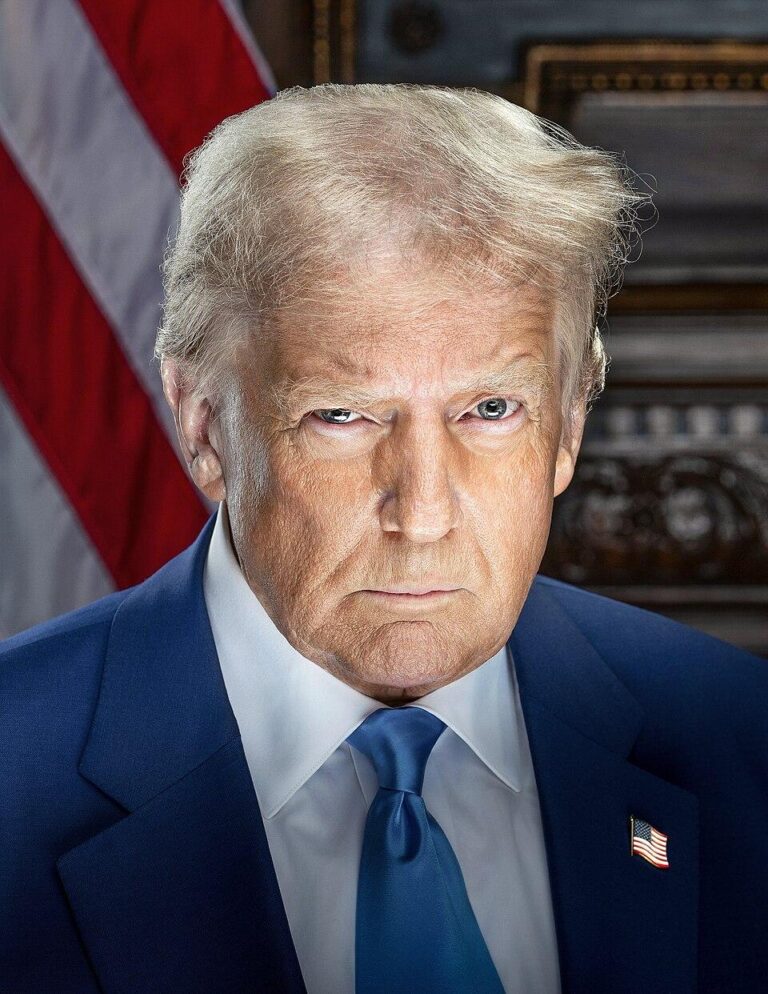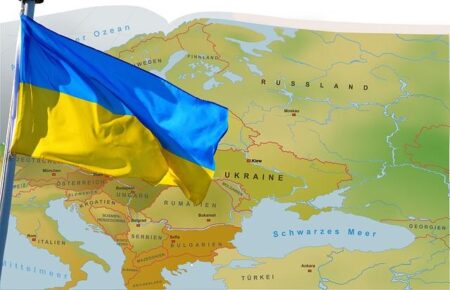In a significant escalation of trade tensions, the Trump administration has announced a sharp increase in tariffs on Indian imports, raising duties to 50% in response to New Delhi’s continued purchases of Russian oil. The move marks a decisive step in Washington’s efforts to pressure India over its energy dealings with Moscow amid ongoing geopolitical conflicts. This development is expected to intensify strains between the two strategic partners, impacting bilateral trade and economic ties.
Trump escalates trade tensions by imposing 50 percent tariffs on Indian imports amid Russian oil sanctions
In a bold move intensifying trade frictions, former President Trump announced a sweeping 50% tariff hike on a broad range of imports from India. This escalation follows allegations that India continued to procure Russian oil despite ongoing sanctions, undermining U.S. efforts to isolate Moscow economically. The tariffs are set to impact key sectors including textiles, pharmaceuticals, and technology components, sparking immediate concerns among exporters and trade experts about potential disruptions in global supply chains.
Key elements of the tariff action include:
- A 50% levy imposed on over 1,200 Indian product categories.
- Targeted response to India’s non-compliance with Russian oil sanctions.
- Expected ripple effects on U.S.-India trade relations and multinational corporations.
| Sector | Estimated Export Value (USD Billion) | Tariff Increase (%) |
|---|---|---|
| Textiles & Apparel | 8.5 | 50 |
| Pharmaceuticals | 5.2 | 50 |
| Electronics | 3.8 | 50 |
Impact of heightened tariffs on India US economic relations and global supply chains
The recent hike in tariffs imposed by the US on Indian goods-triggered by India’s continued oil imports from Russia-marks a significant turning point in bilateral economic ties. This escalation threatens to derail the relatively stable trade relationship that both nations have nurtured over decades. Indian exporters now face a steep additional cost of 50% on their goods, placing them at a disadvantage in the American market and potentially causing a ripple effect across allied sectors. Key industries such as pharmaceuticals, textiles, and information technology services may experience constricted growth due to this tariff barrier, which could incentivize India to diversify its trade agreements and reduce dependence on US markets.
On a broader scale, the disruption extends beyond two nations, impacting global supply chain dynamics. The interconnected nature of modern manufacturing means increased costs and delays for companies reliant on Indian inputs and intermediates. Below is a concise overview of the potential global ramifications:
- Supply chain realignment: Companies may shift sourcing to alternate countries to avoid tariff-induced cost escalations.
- Increased production costs: Higher tariffs translate to increased prices, potentially passed down to consumers worldwide.
- Market volatility: Heightened uncertainty may slow investments and innovation in affected sectors.
| Sector | Impact | Response Strategies |
|---|---|---|
| Pharmaceuticals | Export decline | Seek alternate markets, increase product value |
| Textiles | Production slowdown | Cost optimization, shift to regional trade blocs |
| IT Services | Project delays | Expand offshore centers, enhance automation |
Strategies for Indian exporters to mitigate consequences of increased US trade barriers
Indian exporters facing the brunt of the 50% tariff hike by the US must adopt agile and innovative measures to sustain their global competitiveness. Diversifying export markets beyond the US is critical; focusing on emerging economies in Africa, Southeast Asia, and Latin America can reduce dependency and spread risk. Additionally, enhancing product value through quality improvements and adopting advanced technologies can make Indian goods more attractive despite tariff constraints. Leveraging trade agreements such as the Regional Comprehensive Economic Partnership (RCEP) and exploring bilateral deals with non-US partners will also boost market access and profitability.
Key strategies to navigate this challenging environment include:
- Strengthening supply chain flexibility to pivot quickly in response to trade policy shifts
- Investing in branding and digital marketing to build consumer loyalty internationally
- Engaging with government initiatives like the Export Promotion Capital Goods (EPCG) scheme for cost efficiency
- Utilizing alternative financing options to maintain cash flow amid disrupted trade cycles
| Strategy | Benefit | Short-Term Impact |
|---|---|---|
| Market Diversification | Reduced Dependency on US | Moderate |
| Product Upgradation | Higher Value Realization | High |
| Government Schemes | Cost Reduction | Immediate |
| Supply Chain Flexibility | Rapid Adaptation | Short-Term |
To Wrap It Up
As tensions over energy trade policies escalate, the decision by the Trump administration to raise tariffs on Indian goods to 50% marks a significant shift in U.S.-India relations, underscoring the complexities of global diplomacy amid ongoing sanctions on Russia. Moving forward, economic and political observers will closely monitor how this move affects trade dynamics between the two nations and the broader geopolitical landscape.




